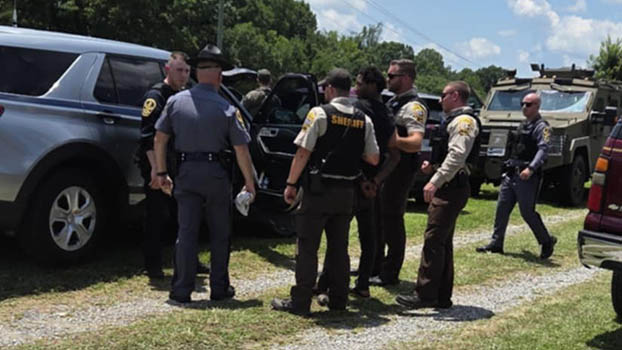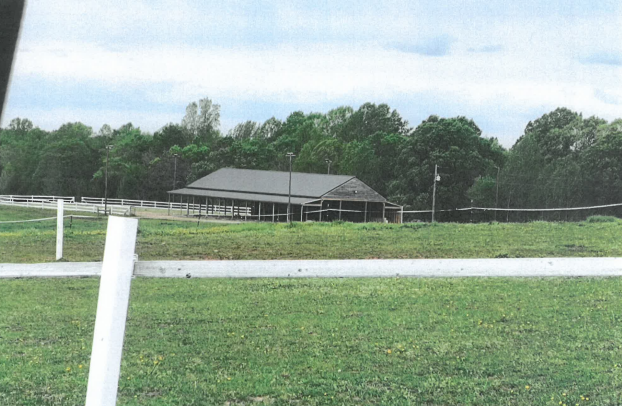Cainan Townsend: Let’s talk about Moton’s World Heritage status
Published 12:48 am Thursday, August 8, 2024

- A look at the Moton Museum in Farmville.
|
Getting your Trinity Audio player ready...
|
Happy August, as our K-12 schools prepare to go back to school with our higher education institutions shortly following. I wanted to take this column for August to address some frequently asked questions and to elaborate on where we are in the ongoing World Heritage process.
What is UNESCO and World Heritage status?
The United Nations Educational, Scientific and Cultural Organization (UNESCO) seeks to encourage the identification, protection and preservation of cultural and natural heritage around the world considered to be of outstanding value to humanity. This is embodied in an international treaty called the Convention concerning the Protection of the World Cultural and Natural Heritage, adopted by UNESCO in 1972. The Convention defines the kind of natural or cultural sites which can be considered for inscription on the World Heritage List.
World Heritage is the designation for places on Earth that are of outstanding universal value to humanity and as such, have been inscribed on the World Heritage List to be protected for future generations to appreciate and enjoy. Places as diverse and unique as the Pyramids of Egypt, the Great Barrier Reef in Australia, Galápagos Islands in Ecuador, the Taj Mahal in India, the Grand Canyon in the USA, or the Acropolis in Greece are examples of the natural and cultural places inscribed on the World Heritage List to date.
The United States currently has 25 sites inscribed on the World Heritage List composing: 12 cultural sites, 12 natural sites, and 1 mixed site. Virginia has one cultural site currently inscribed which are Monticello/University of Virginia for their contributions to architecture.
What are the Civil Rights sites included?
The Civil Rights sites to be included are as follows: Dexter Avenue King Memorial Baptist Church, Montgomery, Alabama; Bethel Baptist Church, Birmingham, Alabama; Edmund Pettus Bridge, Selma, Alabama, Greyhound Bus Terminal, Anniston, Alabama; Little Rock Central High School, Little Rock, Arkansas; Ebeneezer Baptist Church (Heritage Sanctuary), Atlanta, Georgia; Monroe Elementary School, Topeka, Kansas; Medgar & Myrlie Evers Home, Jackson, Mississippi; Robert Russa Moton High School/Museum, Farmville, Virginia; Lincoln Memorial and Grounds, Washington, District of Columbia. Two additional sites will potentially be added in the future upon obtaining National Historic Landmark designation which is a requirement for the United States to advance nominations to World Heritage. They are included in the serial nomination being prepared. These sites are: International Civil Rights Center & Museum (F.W. Woolworth), Greensboro, North Carolina; National Civil Rights Museum (Lorraine Motel), Memphis, Tennessee.
What’s next in the World Heritage process?
Following review and approval by the National Park Service Office of International Affairs (OIA), the completed dossier of the Serial Nomination of U.S. Civil Rights Movement Sites will be submitted to the Assistant Secretary of the Interior for approval. Next follows an independent review by ICOMOS, the International Council on Monuments and Sites, which sends its recommendation to the World Heritage Convention of UNESCO, the United Nations Educational, Scientific and Cultural Organization. Finally, at a future annual Session of the World Heritage Committee, state parties will make the ultimate decision regarding inscription of the movement sites on the World Heritage List. The date of when the final dossier will be completed is unknown. Developing this is an extensive process.
What can we do to help (if anything)?
I will start by saying your help getting us to this point has been profound. We never imagined this happening, and this is due in no small part to your support. Special thanks to Virginia Tourism, The Virginia Department of Historic Resources, Prince Edward County, and the Town of Farmville. The first way to continue to help our efforts going forward is to contribute financially if able to the museum and to support our programmatic efforts.
Our ability to continue to operate a thriving museum with program and community outreach is key in our push to become a World Heritage site. The second way is to continue to stay current on our involvement with the World Heritage process. Stay tuned to our social media pages, website, and local news affiliates for more updates. Lastly there could be a point in time where we call on the community to support through legislative advocacy, or other ways as the nomination progresses. We will certainly keep you all posted on if that moment occurs.
We will continue our work to make sure that all of these historic places are recognized and that the story is preserved for generations to come. Thank you for your support in helping us to tell the Moton School Story and how a group of young people changed the world.
CAINAN TOWNSEND is the executive director of the Moton Museum. He can be reached at c.townsend@motonmuseum.org.





